May 18, 2025 | 06:56 GMT +7
May 18, 2025 | 06:56 GMT +7
Hotline: 0913.378.918
May 18, 2025 | 06:56 GMT +7
Hotline: 0913.378.918
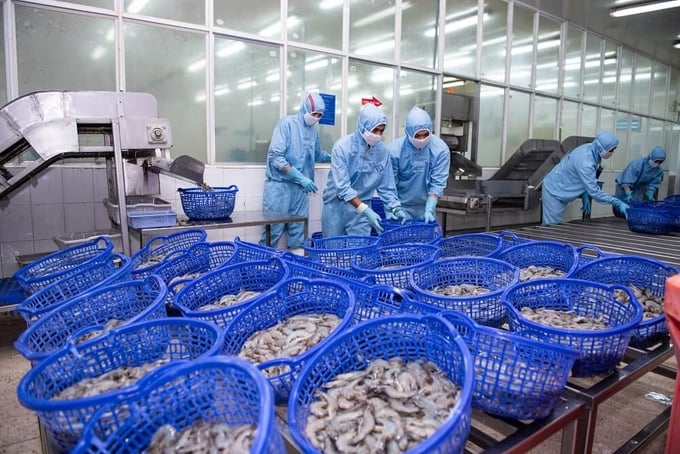
To export seafood to China, production facilities must undergo a food safety assessment and certification by the NAFIQPM. Illustrative photo.
To export seafood to China, production facilities must be certified for food safety by NAFIQPM and listed among those permitted to export to China. Each shipment must be accompanied by a certificate in the prescribed form issued by NAFIQPM, including general and specific living standards.
Export products must be on the list recognized by China, which includes 128 species/product types and 48 species of live aquatic animals.
China must specifically list facilities processing live tiger prawns, white leg shrimp, crabs, and lobsters and tiger prawn and white leg shrimp farming facilities.
The local aquaculture management agency must inspect and certify these facilities for food safety and veterinary hygiene conditions and assign a code number. The local veterinary agency must also monitor them for diseases such as Taura Syndrome Virus (TSV), Monodon Baculovirus (MBV), White Spot Syndrome Virus (WSSV), and Infectious Hematopoietic and Epithelial Necrosis Virus (IHHNV) during three stages of culture: before stocking, mid-culture, and late-culture.
Regarding COVID-19 prevention, facilities must comply with guidelines from the Food and Agriculture Organization of the United Nations (FAO), the World Health Organization (WHO), and specific directives from China.
Under Order 248, dated April 12, 2021, effective January 1, 2022, foreign food manufacturing enterprises exporting to China must comply with new registration regulations. This regulation requires establishments to register and obtain a license before exporting products to the Chinese market.
In addition, Order 249, dated April 14, 2021, effective January 1, 2022, regulates the control of food safety in import and export and requires enterprises to implement stricter control measures to ensure food safety during the export and import process.
Order 248 regulates the registration of aquatic product exports on the General Administration of Customs of China (GACC) Single Window Import and Export System (CIFER). It applies to enterprises producing, processing, and preserving aquatic products, including fresh, chilled, and frozen products, that need to be exported to China.
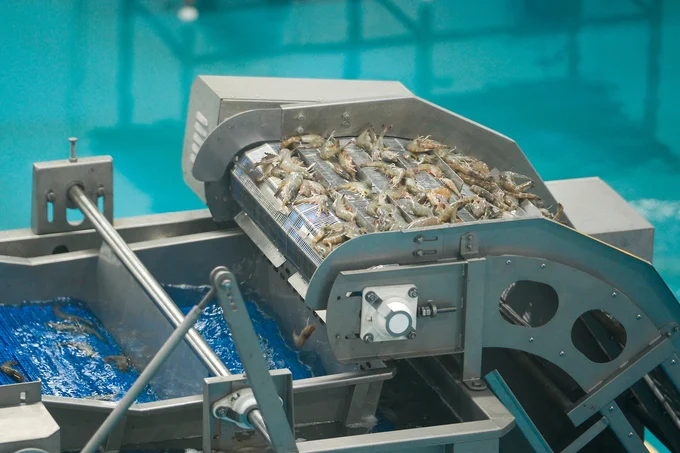
The Chinese market requires businesses to implement strict control measures to ensure food safety. Photo: Quynh Chi.
Registration conditions
Registration is done through the CIFER system at https://app.singlewindow.cn/. The registration process includes:
GACC will then review and process the application and notify the results on the CIFER system. Enterprises that meet the requirements will receive a registration number in China. The registration license is valid for 05 years from the date of issue.
In addition, to export live seafood products such as tiger prawns, white leg shrimp, crabs, and live lobsters to China, processing facilities must be assessed and certified by NAFIQPM to ensure food safety conditions according to Vietnamese and Chinese regulations.
Facilities raising black tiger shrimp and white leg shrimp must be inspected by the local aquaculture management agency, certified for food safety and veterinary hygiene conditions, issued a code, and subject to supervision by the local veterinary agency for diseases during the three farming stages.
Enterprises need to submit a registration application along with a declaration of information as required by China. This dossier can be downloaded from the NAFIQPM website at https://nafiqad.gov.vn. NAFIQPM will review and send the application and registration dossier of the enterprise to the Animal and Plant Supervision and Quarantine Department of the General Administration of Customs of China.
Seafood exporters to China are currently facing several challenges. One significant issue is the delay in processing and approving registration applications on the CIFER system and additional registration applications for live seafood packaging facilities from China. These delays result in slower updates and complications in dealings with authorities.
Additionally, China often responds slowly to additional product registration applications from Vietnamese enterprises. Some businesses also struggle with allocating resources promptly for CIFER registration, particularly for renewal registrations.
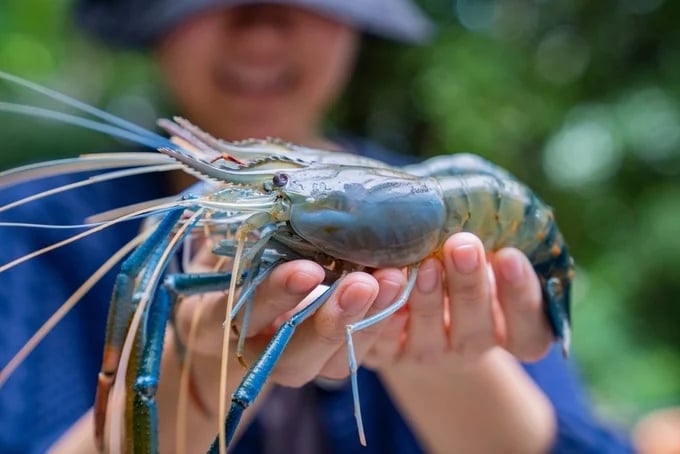
To export live lobster seafood products to China, processing facilities must be assessed and certified to meet food safety conditions per regulations from both Vietnam and China. RYNAN.
Businesses are advised to pay attention to some important points to ensure the smooth registration and export of seafood to China. The documents and accompanying documents must be original and accompanied by a notarized translation if the original is in Vietnamese. The information on the documents, including the business's name and address, must match each other to avoid errors.
The person who signs the relevant documents, such as the enterprise commitment and the Checklist, must be the legal representative listed in the Business Registration Certificate. In particular, live aquatic products are not subject to the requirement to register for export on the CIFER System, and the registered products must be on the list of products that have been assessed, certified and included in the List of 128 products permitted for import by China Customs.
Therefore, businesses need to submit registration renewal applications on CIFER within 3-6 months before the registration expires. Timely and correctly implementing GACC regulations will help limit trade congestion and ensure that export activities are unaffected.
Translated by Quynh Chi
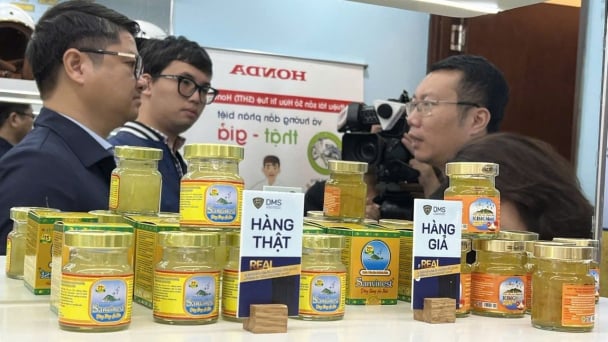
(VAN) In the face of counterfeit and imitation products, Khanh Hoa Salanganes Nest Company hopes for the prompt completion of the legal framework, strict enforcement against violations, and protection of the bird’s nest brand.
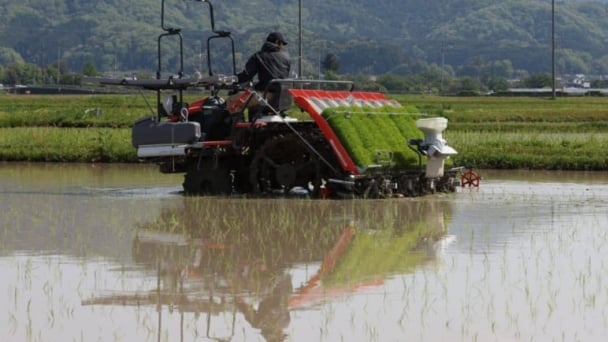
(VAN) Japan's efforts to lower the price of rice through the release of its stockpile may finally be making some progress, albeit at a snail's pace.

(VAN) U.S. tariffs are not only a 'shock', but also an opportunity for Vietnamese businesses to renew their mindset toward comprehensive development.

(VAN) As Bac Giang lychee enters the harvest season, Minister Do Duc Duy expects that the fruit will contribute greatly to agricultural exports due to standardized production and deep processing.
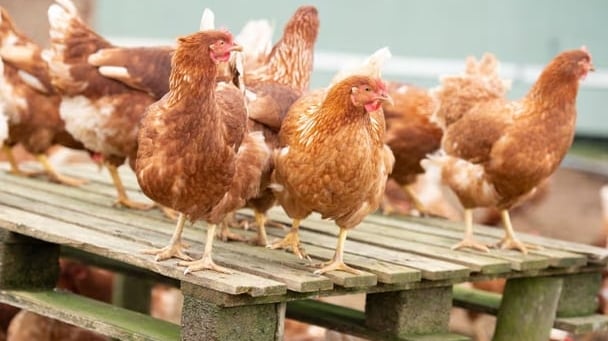
(VAN) Consumers have shown a preference for free-range eggs, but those farming systems are more vulnerable to biosecurity risks like bird flu.
/2025/05/09/5701-1-184335_301.jpg)
(VAN) Vietnam’s eel exports nearly doubled thanks to a mud-free farming model, opening up new prospects while still facing numerous barriers related to international standards.

(VAN) Minister Do Duc Duy warned that if production is not professionalized and supply chains are not transparent, the U.S. market could become a growth bottleneck.